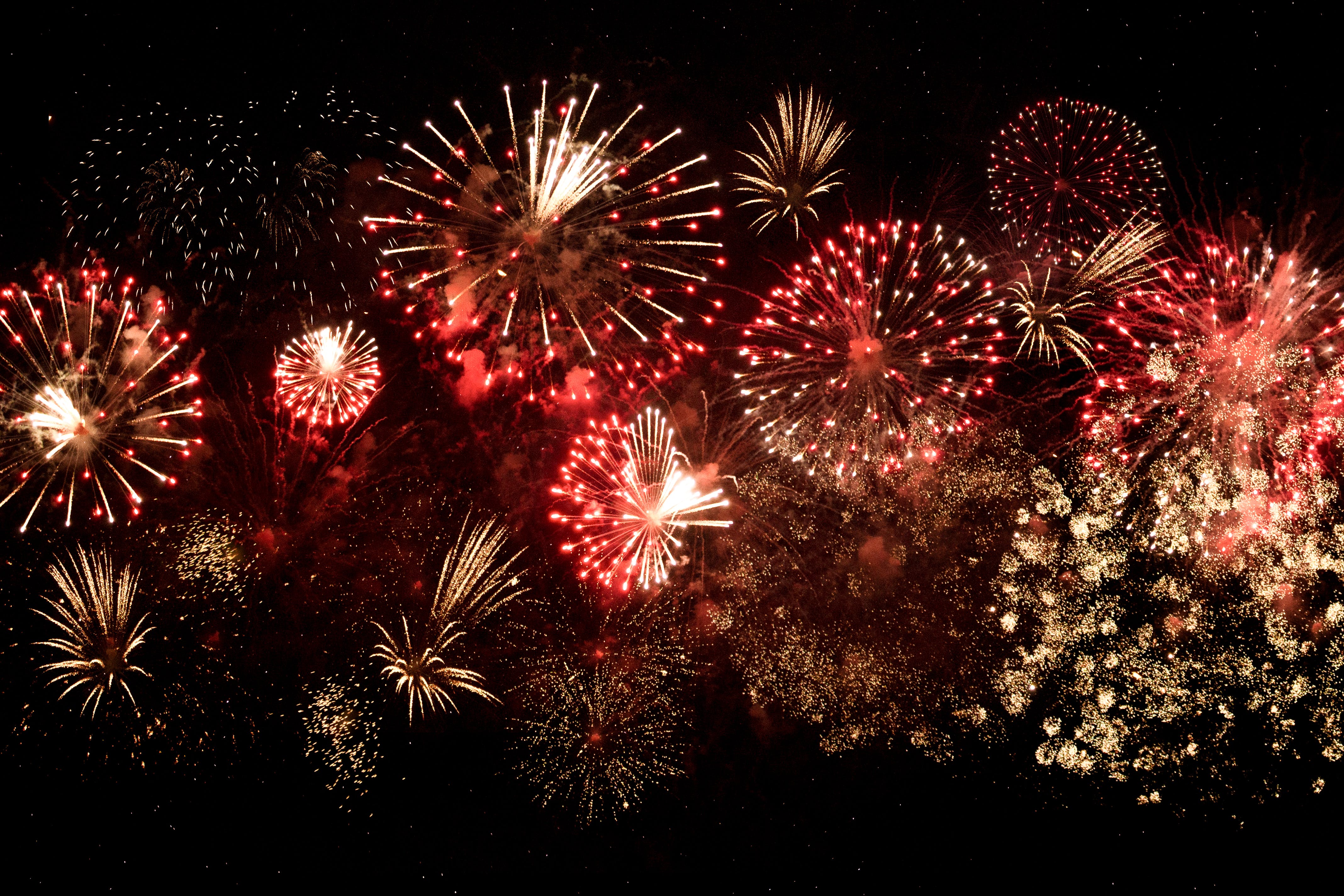Hedgehog Friendly Bonfire Night
Interactive Fireworks Display
Fireworks are a fantastic way to draw large crowds, celebrate and close out festivals, but it's vital to consider their environmental impact. These colourful displays also release a variety of pollutants into the atmosphere and disturb wildlife. As part of Hedgehog Friendly Campus, NTU is highlighting the importance of exploring alternative means of celebrating.
Both fireworks and bonfires present significant risks to hedgehogs in the UK. The loud noises and bright lights from fireworks can frighten hedgehogs, causing stress and disruption to their nocturnal activities. The disturbance may cause hedgehogs to abandon nests or curl into tight balls, exposing them to potential harm. Bonfires, often built in advance of celebrations, pose an additional threat as hedgehogs seek shelter within the stacked woodpile, and unknowingly become trapped when the bonfire is lit. To mitigate these risks, it is essential for event organisers and individuals to check bonfires for hedgehogs before lighting them and to create hedgehog-friendly spaces by avoiding the use of fireworks.
So, what are Fireworks made of? In short, Fireworks are plastic casings filled with gunpowder, mineral elements and chemicals which create colourful explosions in the sky. The combustion of fireworks releases these chemicals and minerals into the atmosphere, polluting the environment and negatively impacting aquatic ecosystems, soil quality, and air quality. As well as this, the loud explosions disturb wildlife causing stress and disruptions to their natural behaviours and the debris from spent fireworks, including plastic casings and unburned chemicals, contaminate the environment. The cumulative ecological impact of fireworks, especially during large-scale events, highlights the need for more sustainable alternatives that minimise environmental impacts while preserving the spirit of celebrations.
Opting for light shows and drone displays as alternatives to traditional fireworks offers a range of environmental benefits. Light shows can harness LED technology, minimising the carbon footprint of celebratory events. Drones, equipped with synchronized lighting systems, provide a visually stunning and dynamic alternative without the noise pollution and air quality issues linked to fireworks. Furthermore, these modern alternatives are programmable, allowing for intricate and customisable displays that can be precisely controlled. The absence of chemical residues and reduced impact on wildlife make light shows and drone displays more ecologically sustainable options for celebrations.
As part of Green Week 2023, NTU’s School of Art and Design group NXT collaborated with the Culture and Sustainability Teams to host an interactive light show. The light display demonstrated what future celebrations could look like and showcased the potential for projection mapping and audience participation. NTU NXT is a group made up of creative technologists from the School of Art and Design, who look at the potentials of Web3, Artificial Intelligence, and immersive experiences.
Not only are light displays better for wildlife and the wider environment, but light displays also offer a more inclusive celebration than fireworks. The sensory-friendly and predictable nature of light shows, in contrast to the sensory overload and unpredictability of fireworks, create a more comfortable environment for the public, ensuring that a diverse range of people can participate in and enjoy communal festivities without the distress associated with traditional fireworks.
In summary, the transition to light shows and drone displays for celebrations like Bonfire Night offers a forward-thinking and eco-friendly alternative to traditional fireworks as they reduce pollution, minimise noise, and are more considerate of wildlife.
